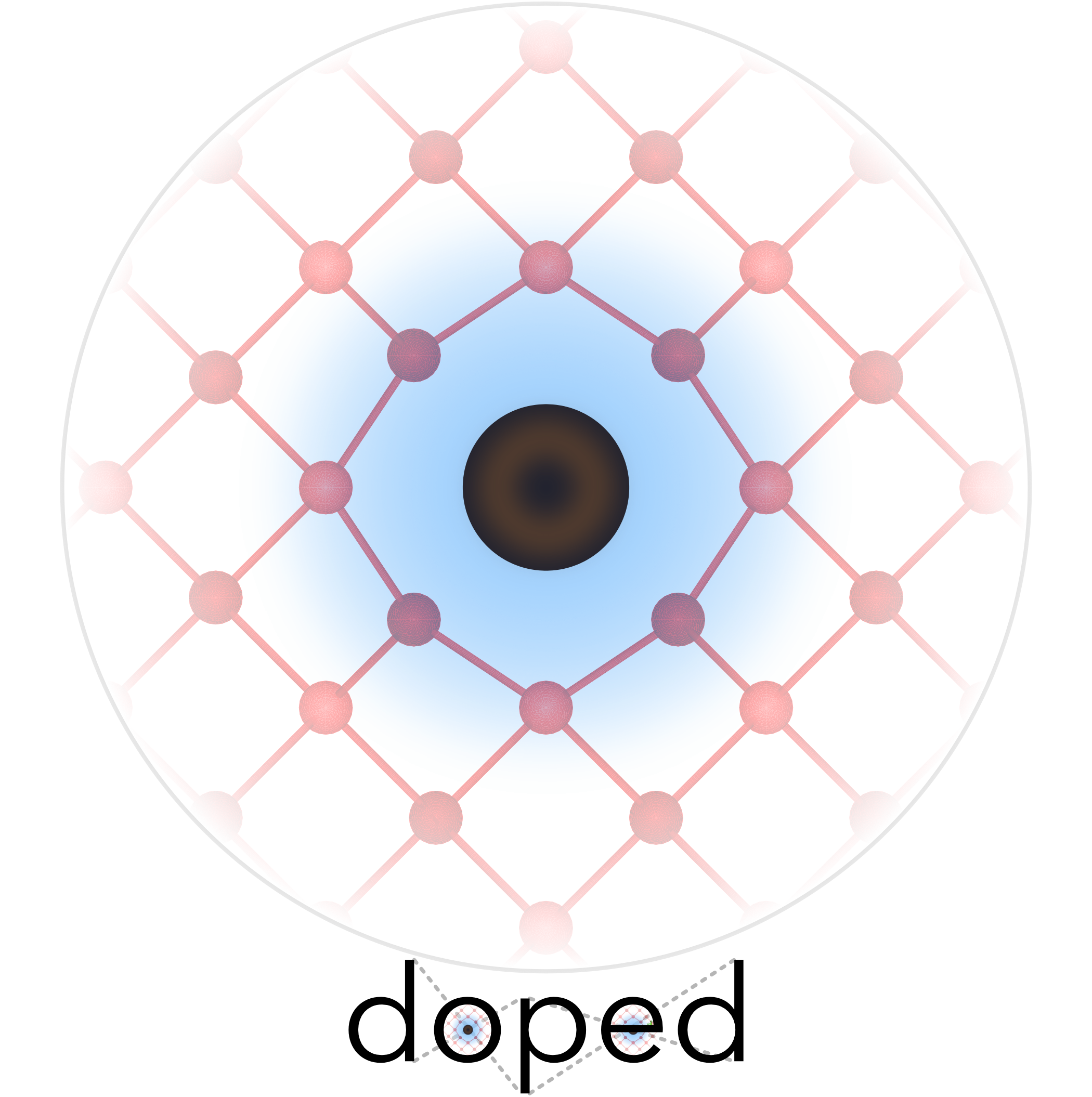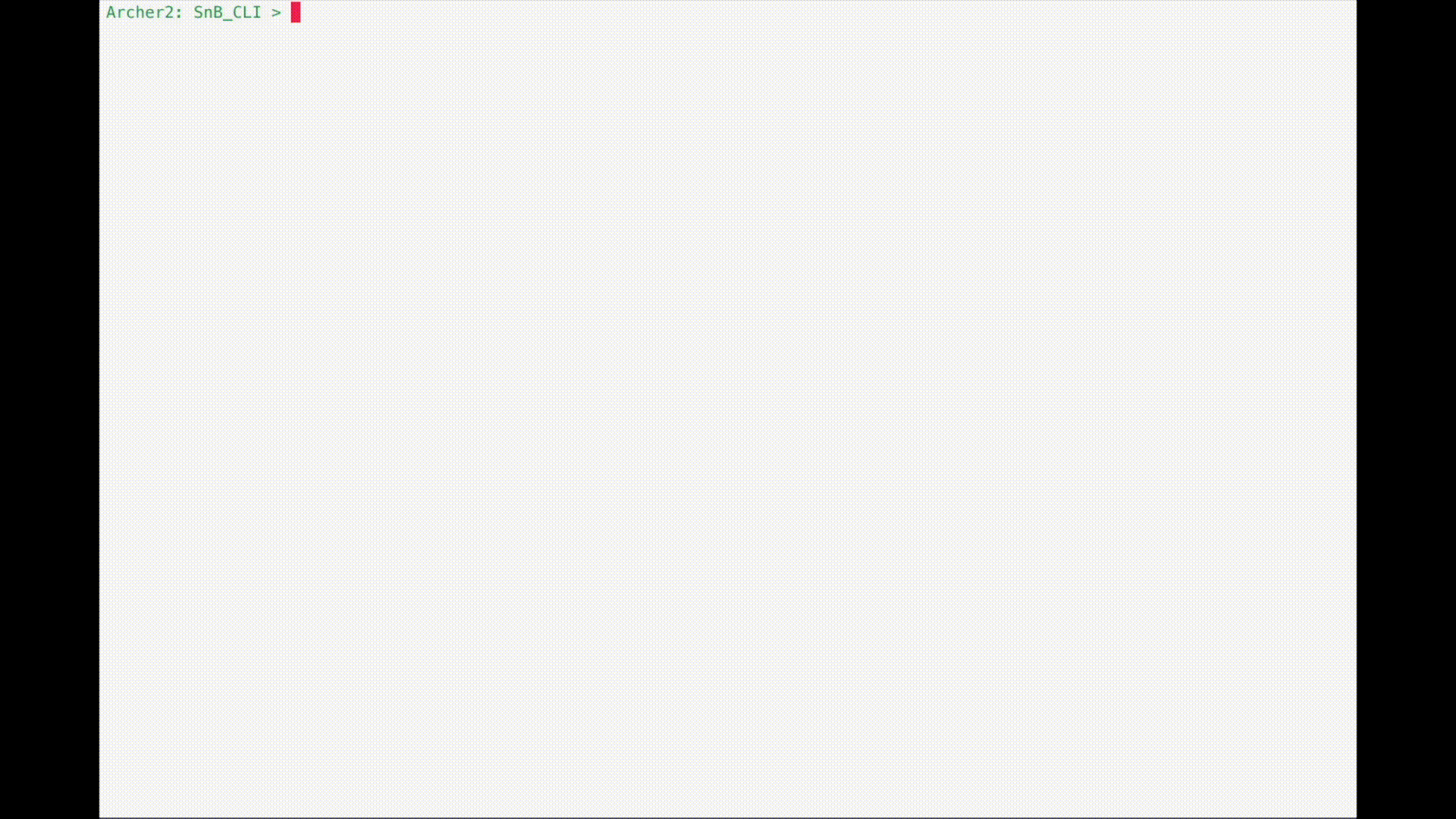doped




doped is a Python package for managing solid-state defect calculations, with functionality to
generate defect structures and relevant competing phases (for chemical potentials), interface with
ShakeNBreak for defect structure-searching, write VASP input files for defect supercell calculations,
and automatically parse and analyse the results.
Example Outputs:
Chemical potential/stability region plots and defect formation energy (a.k.a. transition level) diagrams:


Tutorials showing the code functionality and usage are provided on the Tutorials page.
doped can be installed via PyPI (pip install doped) or conda if preferred, and further
instructions for setting up POTCAR files with pymatgen (needed for input file generation), if not
already done, are provided on the Installation page.
ShakeNBreak
As shown in the tutorials, it is highly recommended to use the ShakeNBreak approach when calculating point defects in solids, to ensure you have identified the ground-state structures of your defects. As detailed in the theory paper, skipping this step can result in drastically incorrect formation energies, transition levels, carrier capture (basically any property associated with defects). This approach is followed in the tutorials, with a more in-depth explanation and tutorial given on the ShakeNBreak docs.
Summary GIF:

SnB CLI Usage:

Acknowledgements
doped (née DefectsWithTheBoys #iykyk) has benefitted from feedback from many
users, in particular members of the Scanlon and
Walsh research groups who are using it in
their work. Direct contributors are listed in the GitHub Contributors sidebar; including Seán
Kavanagh, Bonan Zhu, Katarina Brlec, Adair Nicolson, Sabrine Hachmioune and Savya Aggarwal.
Code to efficiently identify defect species from input supercell structures was contributed by
Alex Ganose, and the colour scheme for defect formation energy plots was originally templated from
the aide package, developed by Adam Jackson and Alex Ganose.
The docs website setup was templated from the ShakeNBreak docs set up by Irea Mosquera-Lois 🙌
doped was originally based on the excellent PyCDT (no longer maintained), but transformed and
morphed over time as more and more functionality was added. After breaking changes in pymatgen, the
package was rewritten to operate using the new pymatgen-analysis-defects package.
Studies using doped, so far
X. Wang et al. Upper efficiency limit of Sb₂Se₃ solar cells arXiv 2024
I. Mosquera-Lois et al. Machine-learning structural reconstructions for accelerated point defect calculations arXiv 2024
W. Dou et al. Giant Band Degeneracy via Orbital Engineering Enhances Thermoelectric Performance from Sb₂Si₂Te₆ to Sc₂Si₂Te₆ ChemRxiv 2024
K. Li et al. Computational Prediction of an Antimony-based n-type Transparent Conducting Oxide: F-doped Sb₂O₅ ChemRxiv 2024
X. Wang et al. Four-electron negative-U vacancy defects in antimony selenide Physical Review B 2023
Y. Kumagai et al. Alkali Mono-Pnictides: A New Class of Photovoltaic Materials by Element Mutation PRX Energy 2023
S. M. Liga & S. R. Kavanagh, A. Walsh, D. O. Scanlon, G. Konstantatos Mixed-Cation Vacancy-Ordered Perovskites (Cs₂Ti:sub:`1–x`Sn:sub:`x`X₆; X = I or Br): Low-Temperature Miscibility, Additivity, and Tunable Stability Journal of Physical Chemistry C 2023
A. T. J. Nicolson et al. Cu₂SiSe₃ as a promising solar absorber: harnessing cation dissimilarity to avoid killer antisites Journal of Materials Chemistry A 2023
Y. W. Woo, Z. Li, Y-K. Jung, J-S. Park, A. Walsh Inhomogeneous Defect Distribution in Mixed-Polytype Metal Halide Perovskites ACS Energy Letters 2023
P. A. Hyde et al. Lithium Intercalation into the Excitonic Insulator Candidate Ta₂NiSe₅ Inorganic Chemistry 2023
J. Willis, K. B. Spooner, D. O. Scanlon. On the possibility of p-type doping in barium stannate Applied Physics Letters 2023
J. Cen et al. Cation disorder dominates the defect chemistry of high-voltage LiMn:sub:`1.5`Ni:sub:`0.5`O4 (LMNO) spinel cathodes Journal of Materials Chemistry A 2023
J. Willis & R. Claes et al. Limits to Hole Mobility and Doping in Copper Iodide Chem Mater 2023
I. Mosquera-Lois & S. R. Kavanagh, A. Walsh, D. O. Scanlon Identifying the ground state structures of point defects in solids npj Computational Materials 2023
Y. T. Huang & S. R. Kavanagh et al. Strong absorption and ultrafast localisation in NaBiS₂ nanocrystals with slow charge-carrier recombination Nature Communications 2022
S. R. Kavanagh, D. O. Scanlon, A. Walsh, C. Freysoldt Impact of metastable defect structures on carrier recombination in solar cells Faraday Discussions 2022
Y-S. Choi et al. Intrinsic Defects and Their Role in the Phase Transition of Na-Ion Anode Na₂Ti₃O₇ ACS Appl. Energy Mater. 2022
S. R. Kavanagh, D. O. Scanlon, A. Walsh Rapid Recombination by Cadmium Vacancies in CdTe ACS Energy Letters 2021
C. J. Krajewska et al. Enhanced visible light absorption in layered Cs₃Bi₂Br₉ through mixed-valence Sn(II)/Sn(IV) doping Chemical Science 2021